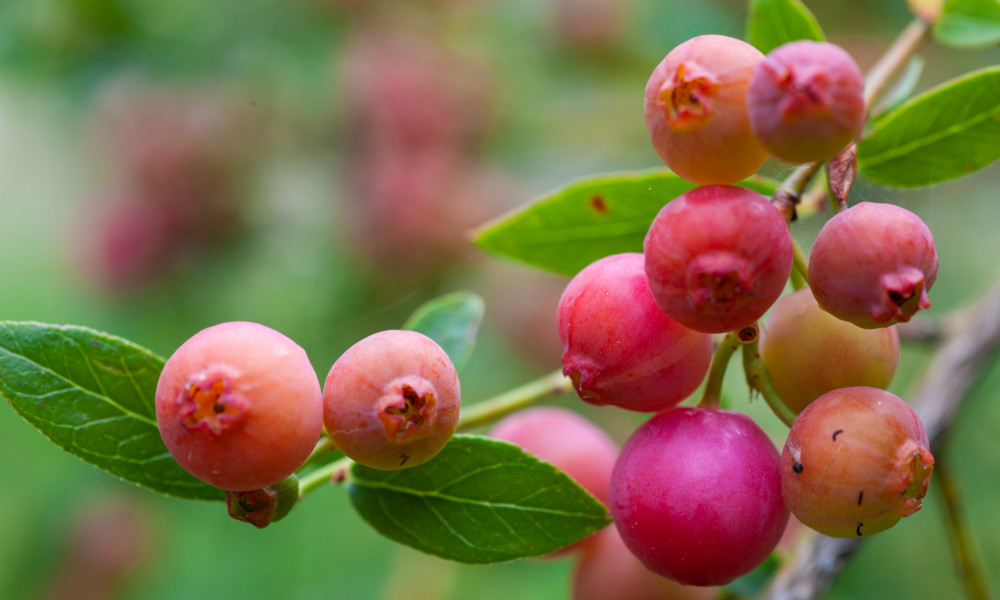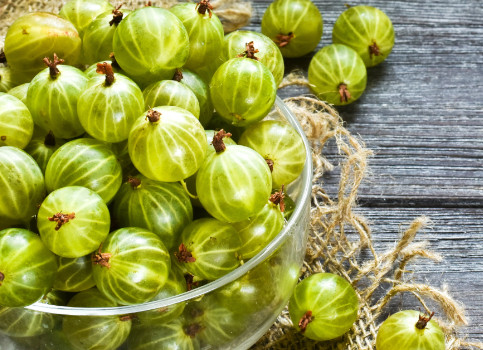Your ultimate guide to growing berries
Your ultimate guide to growing berries

INTRODUCTION TEST Imposing, unusual and dramatic, Urginea are a diverse family, most originate in dry arid areas of Europe and western Asia, seen growing in rocky coastal areas.
General berry growing tips:
Sun:
Berries generally thrive best when they are positioned in an area that gets full sunshine. Whilst some berries can be grown in partial shade, this may mean less fruits are produced and may affect their taste.
Soil:
Fertile soil is vital when growing berries so it’s important to amend your soil with a good compost or animal manure. This will provide your plants with the nutrition that they need to grow well.
Weeds:
Keeping your soil weed free is another essential part of getting not only the best berries but also a high yield of them. If weeds are left to grow freely, your plants will be competing with them for nutrients and water and will suffer because of this. To protect your plants from weeds, remove any weeds before planting and add a regular mulch around the base of the plants which will prevent any weeds from growing.

Raspberries
Where to plant:
Raspberries are best planted in a fertile, slightly acidic soil. Plant them in a sunny position, sheltered from strong winds.
How to care:
Add a mulch during spring along with a fertiliser. Water the plants well during any dry periods, being careful not to overwater. As the plant grows, tie in new canes and prune out any weak shoots. After the plant has fruited, cut canes that have fruited down to the soil level.
View our range of raspberries by clicking here
Strawberries
Where to plant:
Strawberries are best planted in a well-drained soil in an area that receives full sun. They can be planted both in the ground or in containers.
How to care:
Make sure to water regularly whilst the plant is young and during dry periods in the growing season. Apply a tomato feed every 1 to 2 weeks during the growing season. As fruits begin to develop, it’s best to tuck a straw or fibre mat underneath plants to keep them clean and to suppress the weeds. Then, after the fruits have finished, you can remove the mat and cut off any old leaves.
View our range of strawberries by clicking here


Gooseberries
Where to plant:
Gooseberries are best planted in a moist but well-drained soil in a sheltered position that receives full sun or partial shade. When planting, mulch the soil with organic matter such as garden compost of bark chips. Space plants 1.2-1.5m (4-5ft) apart. If growing as a cordon, space them 3-38cm (1ft-15in) apart.
How to care:
Prune in winter and summer. How you do this will depend on whether you are growing the plant as a bush or a cordon and how old the plant is. The RHS provide detailed instructions on Gooseberry pruning on their website.
View our range of gooseberries by clicking here
Blueberries
Where to plant:
Blueberries are best planted in a moist but well-drained acidic soil. They can cope with being positioned in full sun or partial shade and will happily grown in a pot. Many blueberries are self-pollinating, however if you want to produce larger fruit then growing at least two is recommended.
How to care:
During dry spells, water with rainwater. During the first two years of growth, pruning should not be needed, just simply remove any crossing branches. Then, once the plant is mature, in late winter/early spring prune out any diseased, damaged, dying or weak stems, any twiggy growth at the end of branches that fruited last year and up to a quarter of the oldest and thickest stems at the base of the plant.
View our range of blueberries by clicking here


Blackberries
Where to plant:
Blackberries are best planted in a well-drained soil in an area that receives full sun. It’s best to plant them against a wall or fence so that the canes can be tied.
How to care:
Regularly tie canes to wires on a wall or fence as the plant grows. In the first winter, cut back side-shoots produced on the main canes to 5cm (2in). When the plant is two years old, cut fruited canes down to spoil level after they have fruited, then cover the cut canes with compost. Mulch over the rooted in late winter every few years with a thick later of well-rotted compost or animal manure.
View our range of blackberries by clicking here





